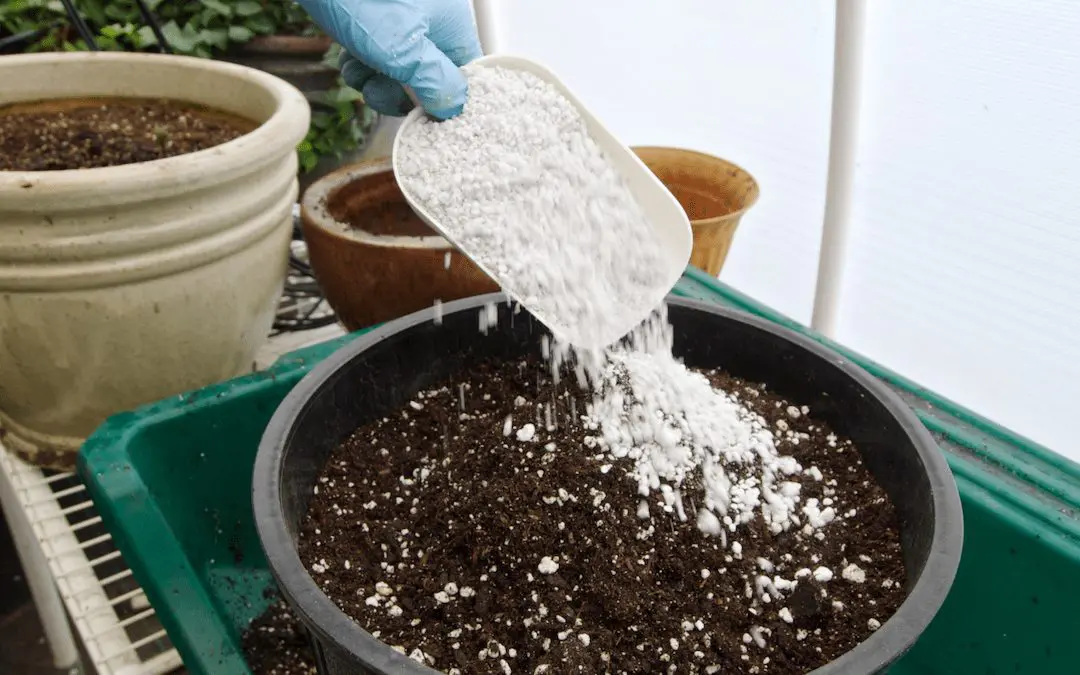Introduction
Gardening enthusiasts are always on the lookout for effective ways to improve plant health and optimize growth. One common solution that has gained popularity is the use of perlite. While this soil amendment offers several benefits, excessive use can have effects on plant health. In this article, we will explore the impact of perlite excessive use on plant health, provide tips and remedies to mitigate its side effects, and offer guidelines for effective perlite gardening.
What is Perlite and Its Uses in Gardening
Perlite is a naturally occurring volcanic glass that is processed into small white granules. It is a popular choice among gardeners due to its lightweight, sterile, and highly porous nature. Perlite is mainly used as a soil amendment to improve aeration, water retention, and drainage in potting mixes.
The Benefits of Using Perlite as a Soil Amendment
Perlite offers various benefits when used appropriately in gardening. Its porous structure promotes root development by allowing oxygen and nutrients to penetrate easily. This enhanced aeration prevents root rot and improves overall plant health. Additionally, perlite’s ability to retain moisture helps prevent waterlogging, ensuring that plant roots have access to proper hydration.
The Role of Perlite in Improving Drainage in Potting Mix
One of the key advantages of perlite is its exceptional drainage capabilities. When added to potting mixes, it prevents water from pooling at the bottom of containers, thus reducing the risk of root disease caused by excess moisture. Proper drainage is crucial for plants, as it ensures that oxygen reaches the roots and prevents the accumulation of harmful substances.
Recognizing the Pitfalls of Excessive Perlite Use in Gardening
While perlite can greatly benefit plants, excessive use can lead to negative consequences. When the proportion of perlite in the potting mix becomes too high, it may cause excessive drainage, preventing the retention of sufficient water and depriving plants of essential moisture. This can lead to dehydration, wilting, and stunted growth.
Understanding the Possible Toxicity of Perlite and its Effects on Plant Health
Although perlite is generally considered safe for plants, an excessive amount can lead to potential toxicity issues. Perlite contains small amounts of aluminum, which, in high concentrations, can be harmful to plant roots and impede nutrient uptake. It is crucial to find the right balance in perlite usage to avoid these adverse effects.
Common Soil Problems Associated with Excessive Perlite Use
When perlite is excessively used in gardening, it can result in several soil problems. These include poor water retention, nutrient leaching, and unbalanced pH levels. Plants may suffer from nutrient deficiencies, as vital minerals are easily flushed away due to the excessive drainage caused by perlite. Furthermore, imbalanced pH levels can negatively impact nutrient availability to plants.
Remedies for Perlite Overuse and Mitigating its Side Effects
To mitigate the side effects of excessive perlite use, several remedies can be implemented. Adjusting the proportion of perlite in the potting mix by reducing its quantity and increasing the amount of organic matter can improve water retention and nutrient availability. Moreover, incorporating compost or peat moss enhances moisture retention capabilities and restores nutrient balance.
Tips for Effective Perlite Gardening
To ensure successful perlite gardening, it is essential to follow a few important tips. Firstly, thoroughly moisten perlite before incorporating it into the potting mix. This prevents the particles from becoming dusty and ensures better water absorption. Secondly, combine perlite with other soil amendments, such as vermiculite or coconut coir, to create a balanced growing medium. Lastly, monitor soil moisture levels regularly to prevent under or over watering.
Determining How Much Perlite is Too Much for Plants
Finding the optimum ratio of perlite to soil depends on various factors, including plant species, climate, and water requirements. As a general guideline, using 10-20% perlite in the potting mix is suitable for most plants. However, it is crucial to observe how plants respond and adjust the ratio accordingly.
Conclusion
Perlite can be an excellent soil amendment that enhances aeration, drainage, and moisture retention in gardening. However, excessive use can have detrimental effects on plant health. By recognizing the pitfalls of overuse, understanding possible toxicity, and implementing remedies, gardeners can ensure the optimal utilization of perlite, leading to thriving and healthy plants.

